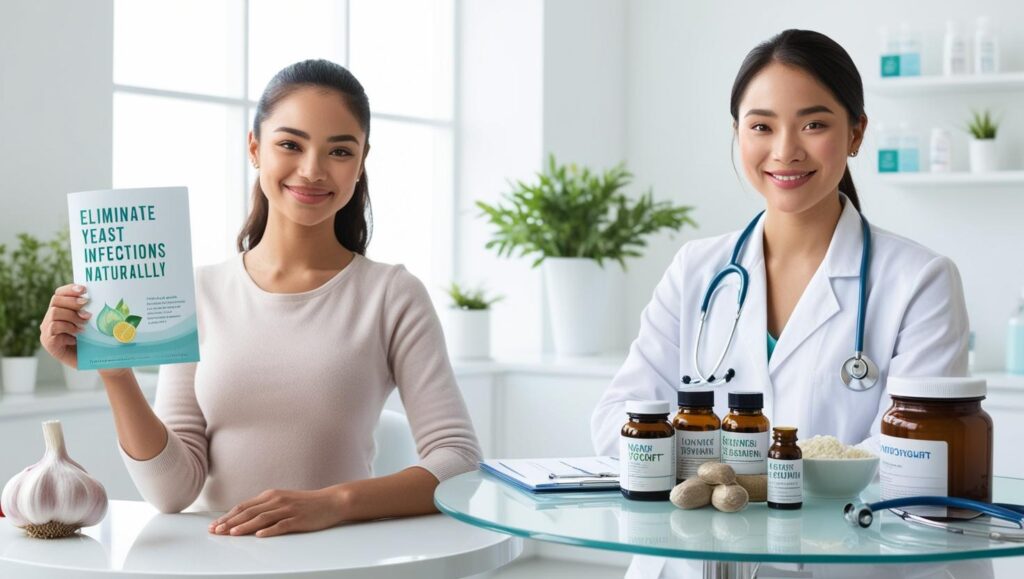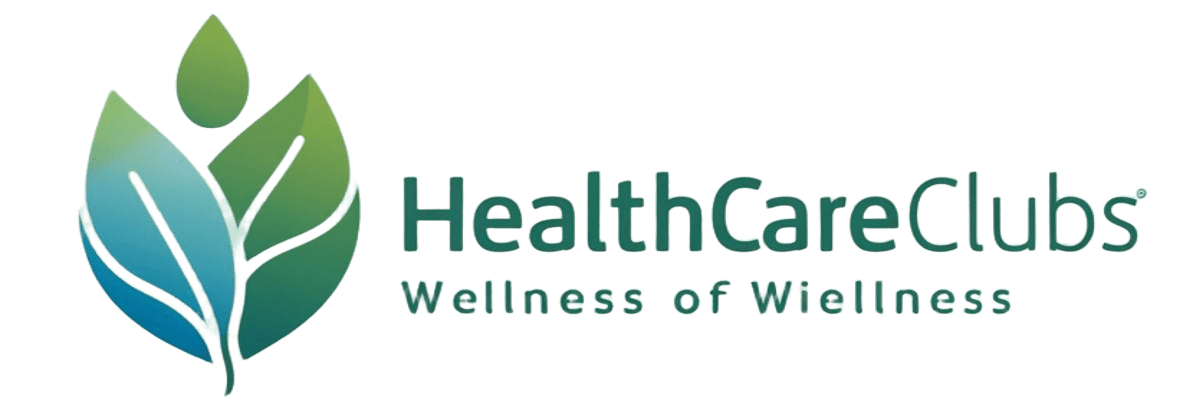Yeast infections, otherwise referred to as candidiasis, develop as a result of an overgrowth by Candida fungus. This infection can manifest in most areas of the body, such as in the mouth, throat, skin, and genitalia. Women usually get yeast infections in their vagina, which is also termed vaginal yeast infections. Yeast infections can be painful and irritating but tend to not be serious and can simply be treated.
Yeast is an organism that is naturally found in the body, mostly in the digestive system as well as on the skin. In normal situations, other microorganisms in the body balance the existence of yeast. However, some factors may break this equilibrium to allow for an overgrowth of yeast leading to an infection. Some such factors include antibiotic use, weakened immune system, hormonal imbalance, and excessive stress. Yeast infections cannot be classed as sexually transmitted infections, though one can transmit it to their sex partners.
Identifying Symptoms
The symptoms of an infection with yeast depend on where it is located. In women, vaginal infections with yeast usually produce itching, stinging, and inflammation in the vagina. Other symptoms include vulvar redness and swelling, painful urination or sex, and thick, white cottage-cheese-like discharge. In males, infections with yeast will result in itching and inflammation on the penis, as well as redness or rash on the foreskin.
Yeast infections in the mouth, also referred to as oral thrush, can result in white spots on the tongue and on the inner cheeks, along with soreness and difficulty in swallowing. Yeast infections on the skin result in red, itchy rash that is often accompanied by blisters or pustules. It is to be noted that these symptoms may also have other causes, so consulting a healthcare professional for an accurate diagnosis is necessary.

Over-the-Counter Treatment Options
Mild cases of yeast infections usually respond to over-the-counter antifungal medications. Antifungals for over-the-counter use can be found in cream, ointment, suppository, or tablet form. Clotrimazole, miconazole, and tioconazole are examples of over-the-counter medicines that can treat the infection. These drugs kill off the fungus or inhibit it from reproducing.
If over-the-counter antifungals are used, it is crucial to follow instructions on packaging closely. Also, it is crucial to use the complete course, even if symptoms begin to improve before completing the medication. If symptoms have not improved or get even more severe after over-the-counter medications have been used, seeing a healthcare professional for additional assessment and treatment is crucial.
Home Remedies for Yeast Infection
Along with over-the-counter medications, there are some home remedies that could assist in curing a yeast infection. One common home remedy is using probiotics, which are good bacteria that can restore the body’s natural microorganism balance. Probiotics can be taken in oral form as a supplement or applied to the infected area.
Another home remedy for treating yeast infections is to apply natural antifungals like tea tree oil or coconut oil. Such oils have been found to possess antifungal properties that could potentially decrease yeast growth. Dilute these oils before application on the mucous membranes or on the skin to prevent irritation.
Some home remedies for yeast infections involve keeping good personal hygiene, dressing in loose natural fiber clothing, and staying away from fragrant soaps and douches. One must keep in mind that even though home remedies relieve symptoms, they are not an alternative to medical treatment but can be used in combination with other treatments prescribed by a healthcare provider.
Changes in Lifestyle to Prevent Yeast Infection
Some changes in one’s way of life can prevent yeast infections from happening or recurring. One such change is observing good personal hygiene, especially in the genital area. This involves washing the genital area with water and mild soap, as well as drying thoroughly after swimming or baths. Other personal care products such as douches, feminine hygiene products, and perfumed soaps should also be avoided since they can interfere with the natural composition of microorganisms in the vagina.
Wearing looser clothing that consists of cotton or other natural fibers is also likely to prevent infections by enabling air flow and minimizing moisture in genitalia. Tight clothes and synthetic materials should be avoided in an attempt to decrease the likelihood of getting an infection.
Having a balanced diet that is not high in refined carbohydrates and sugar will also prevent yeast infections. Sugar is likely to feed yeast, thus preventing an overgrowth in the body by reducing the amount of sugar consumed. A diet that is high in fruits, vegetables, whole grains, and lean protein will keep one’s immune system strong and prevent the development of yeast infections.

When to Seek Medical Attention
Although most yeast infections can be treated by using over-the-counter or home remedies, there are some situations for which it is necessary to seek medical care. If you have never had an infection before or if the symptoms that you have are unusual for your typical yeast infection symptoms, it is necessary to see a healthcare professional for proper diagnosis.
It is equally essential to visit a doctor if pregnant or breastfeeding and noticing symptoms of a yeast infection. Women who are pregnant need not treat a yeast infection on their own before consulting their doctor. Also, if there is an impaired immune system because of diseases like HIV/AIDS or diabetes, one should visit their doctor at the first sign of a suspected yeast infection. If recurring yeast infections occur four or more times in one year, one should seek an evaluation from a healthcare professional. Frequent yeast infections could indicate an associated medical condition that needs to be treated. A healthcare professional will help to determine why one is experiencing recurrent yeast infections and suggest suitable treatments.
Here’s an overview: Tips for Dealing with Frequent
Treating recurring yeast infections is not easy, but there are some tips that can minimize their frequency or severity. One is to supplement with probiotics on an ongoing basis to keep the body’s microorganism equilibrium in check. Probiotics can either be consumed orally or applied externally to the infected area, how to treat a yeast infection.
Another management tip for recurring yeast infections is to steer clear from irritants including perfumed soaps, douches, and feminine products which tend to disturb naturally formed vaginal microorganisms. Good hygiene practice should also be observed, along with use of loose, light clothes made from natural materials to cut down on moisture in genital areas.
If one is susceptible to repeated occurrences of yeast infections, it is worthwhile to seek advice from a healthcare provider for additional evaluation and management. A healthcare provider can identify the root cause for recurrent yeast infections and suggest suitable management. In certain individuals, prescription drugs or extended maintenance treatment might be needed to control repeated occurrences effectively.
![]()






